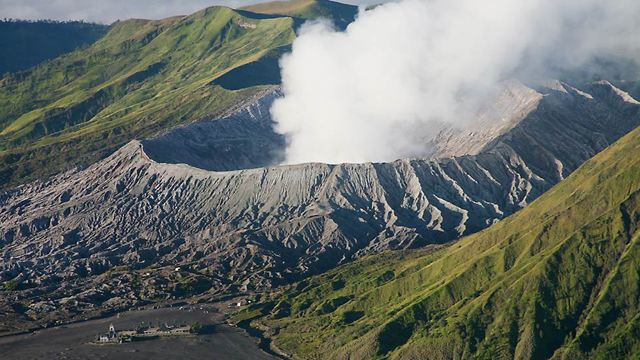Tuesday Tidbits: Eyjafjallajökull, Yasur, mud on Mars and more
Piles of news from the last week or so including a look back at Eyjafjallajökull’s eruption, shots of Sakurajima and Chaiten from space, mud volcanoes on Mars and tourism in Vanuatu
Sign up for the Smarter Faster newsletter
A weekly newsletter featuring the biggest ideas from the smartest people
Finally, a chance to catch up a bit … !
nn

nYasur erupting in May of 2010.
nn
Some news from the world of volcanoes:
nn
- n
- The BBC has a series of videos one the fallout from the Eyjafjallajökull eruption – including a look at the area around the volcano and how the economy has been affected by the eruption. However, things seem pretty quiet at the summit of the Eyjafjallajökull summit where snow can begun to settle without melting – and the Icelandic Met Office appears to think that the eruption is more or less (but not officially) over. And take this press release as you will, but a recent study by a UK moving company (UniBaggage.com) claims that parents moving their children off to university each fall release twice as much CO2 than the Eyjafjallajökull eruption.
- Most people think of volcanoes being bad for the economy, but in places like Vanuatu, volcanoes are vital to the local economy, thanks to a consistently active volcano. Yasur on Tanna Island is visited by tourists regularly – along with providing a source for fertile soil. The description of the visits are a bit, well, harrowing, but those are the risks if you’re going to visit an erupting volcano.
- There were some great new shots from space from the NASA Earth Observatory of two active volcanoes. The first is an image of the intensified activity at Sakurajima in Japan – complete with an impressive ash plume and
a pyroclastic flow heading to the southsteam-and-ash plume from a lower vent on the south flank. The second is an image of the new dome complex on Chaiten in Chile – and it looks pretty calm compared to when it started back in 2008 (when this blog got its start too). However, this is still a lot of the area covered with what looks like fresh ash, so the domes continue to intermittently coat the area with ash. - There was also an article on MSNBC that wasn’t about magmatic volcanoes, but rather mud volcanoes … on Mars no less. The region on the northern hemisphere called Acidalia Planitia appears to have a high concentration of features that look like terrestrial mud volcanoes. The article in Icarus suggests that there are potentially 40,000 mud volcanoes in the area that likely formed in early Amazonian times on Mars (over 1 billion years ago).
n
n
n
n
Sign up for the Smarter Faster newsletter
A weekly newsletter featuring the biggest ideas from the smartest people
